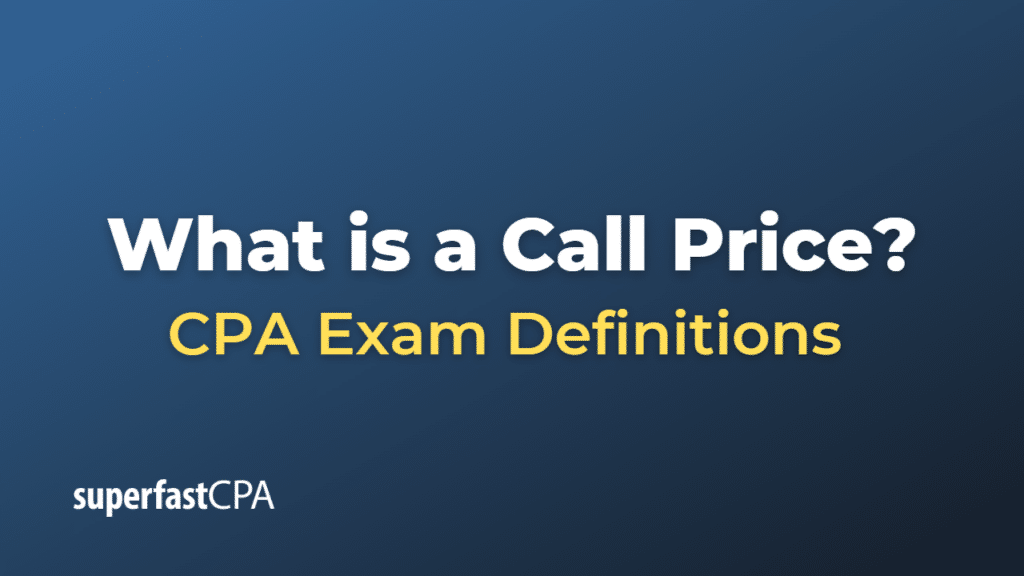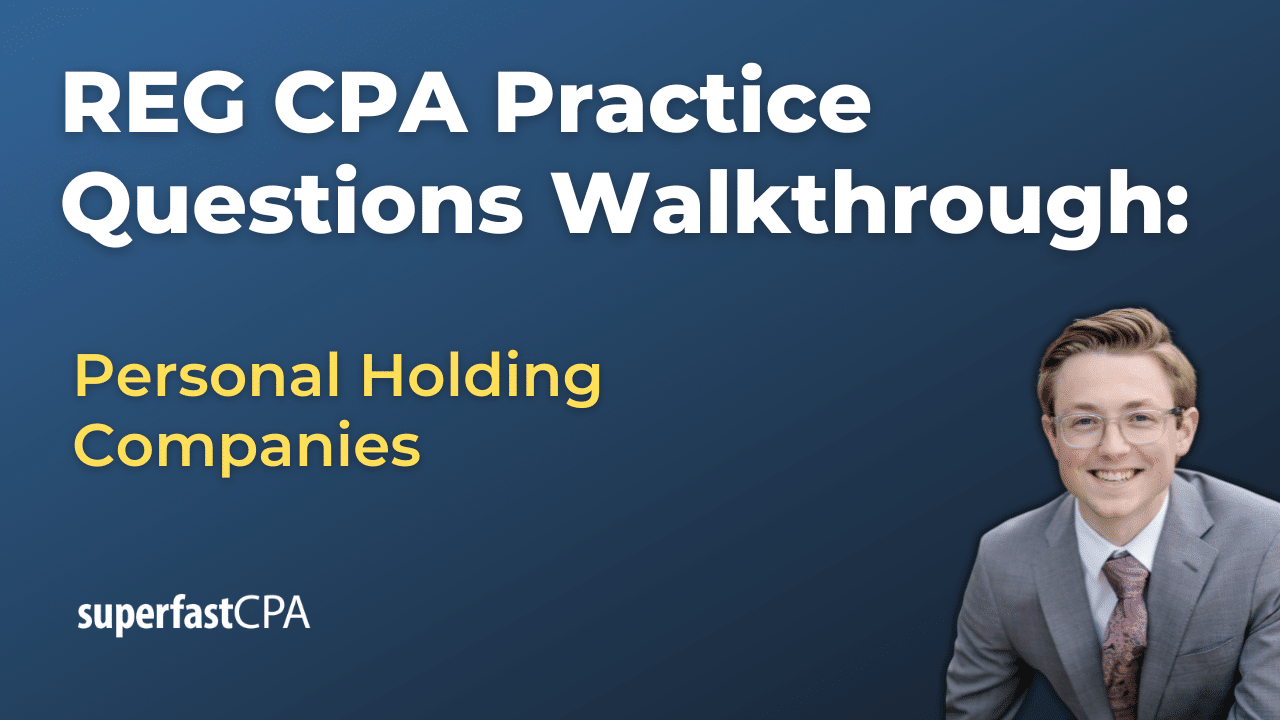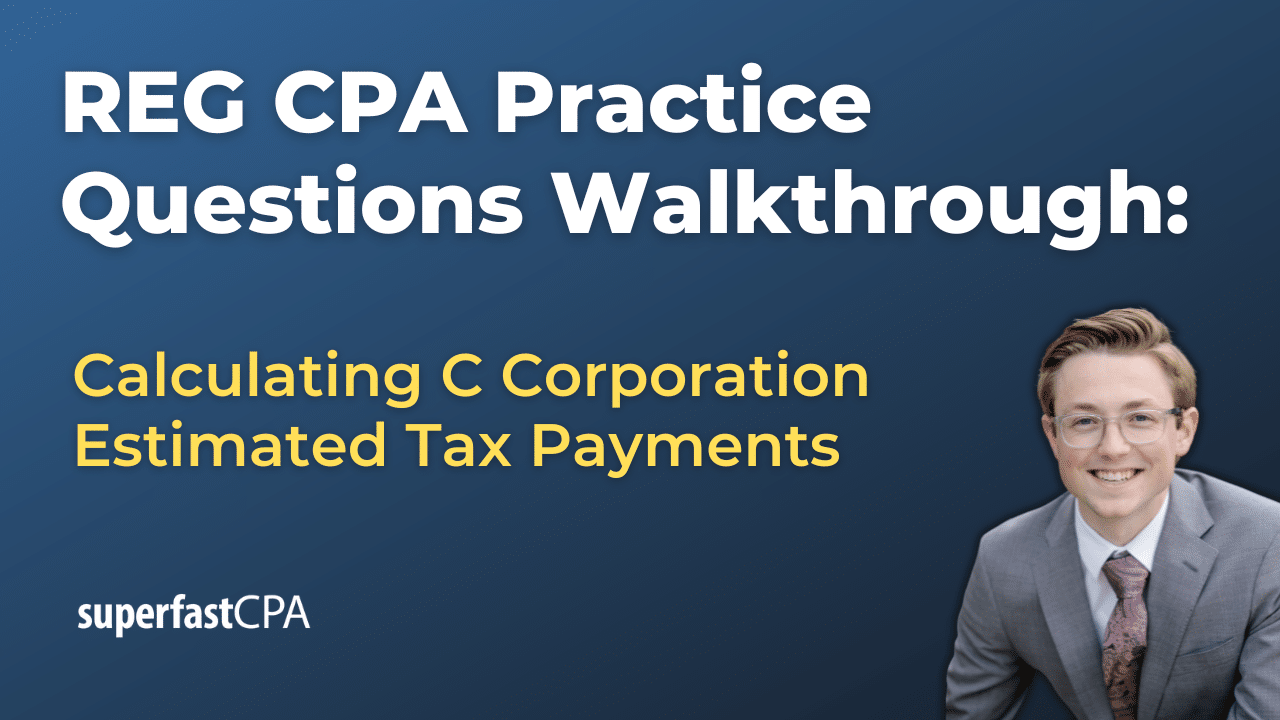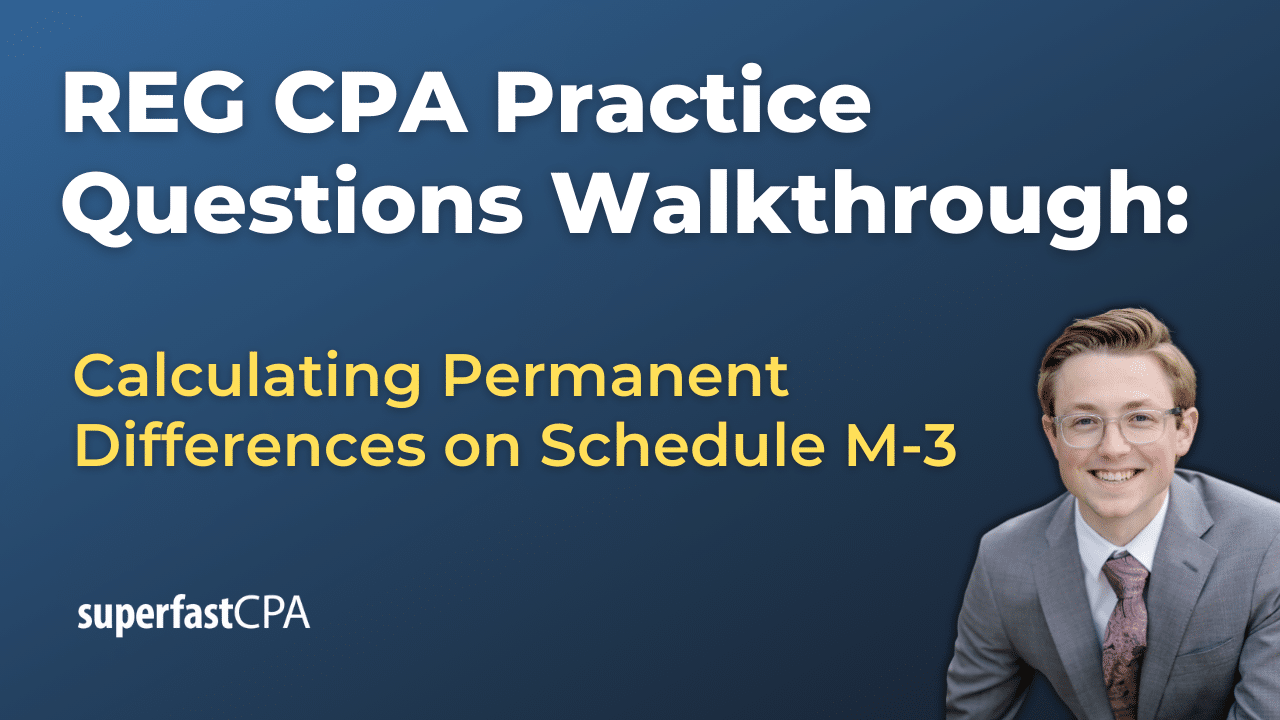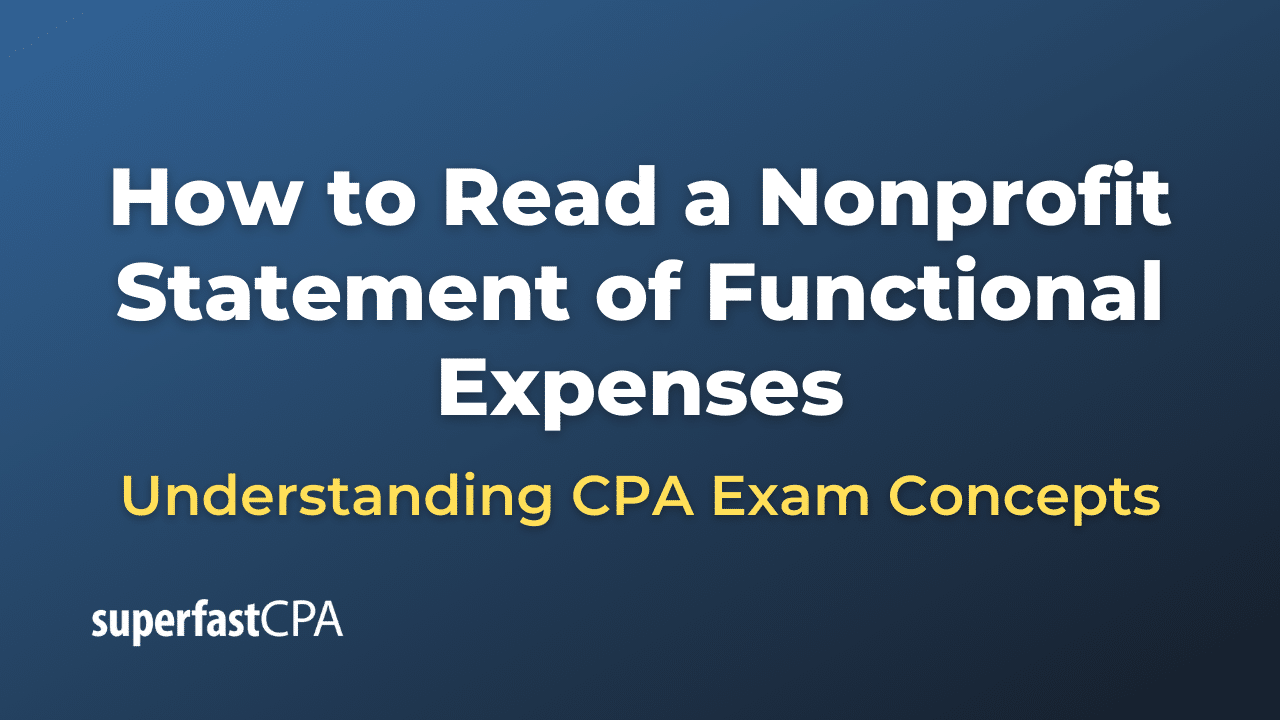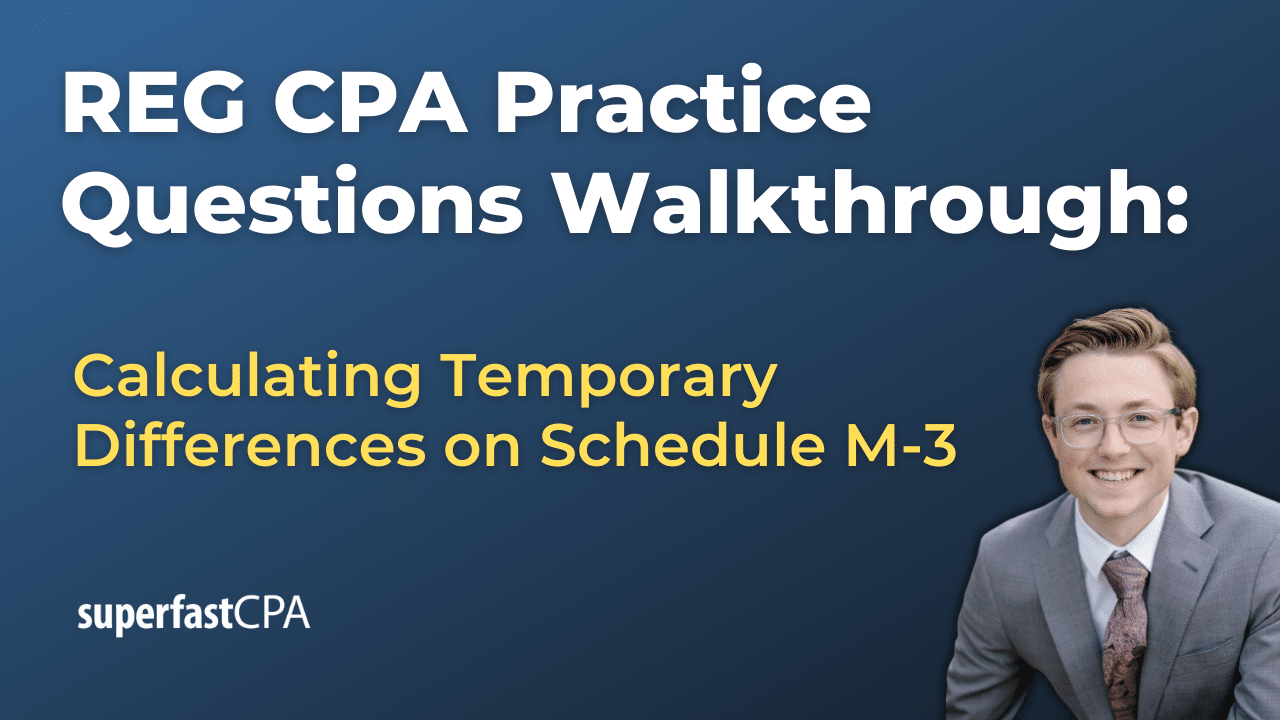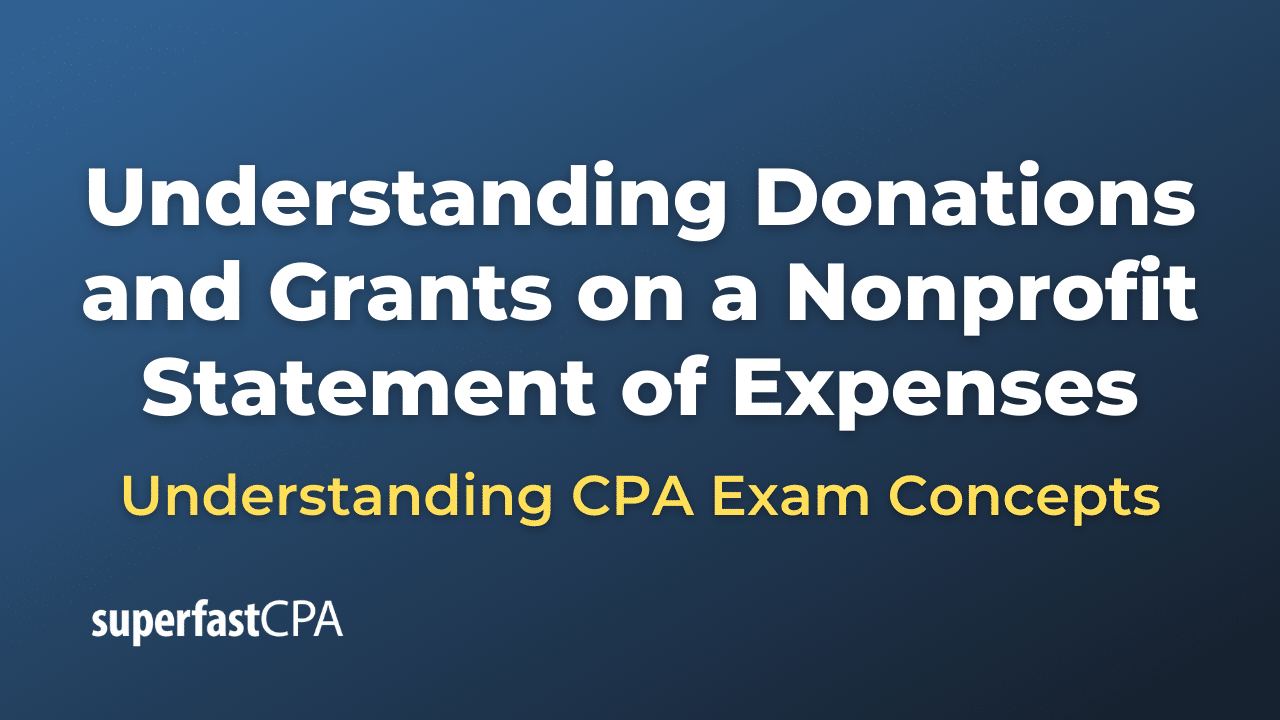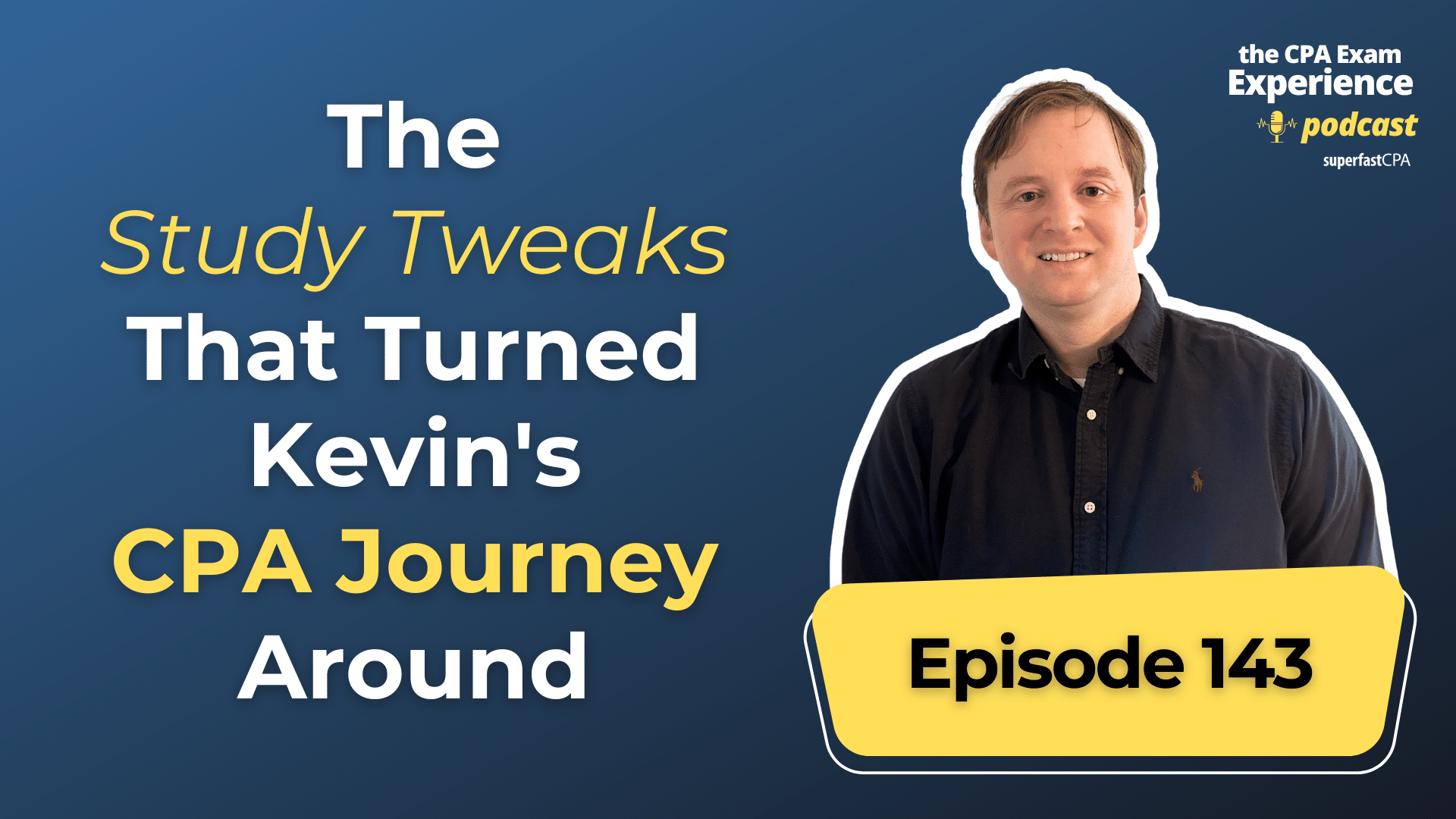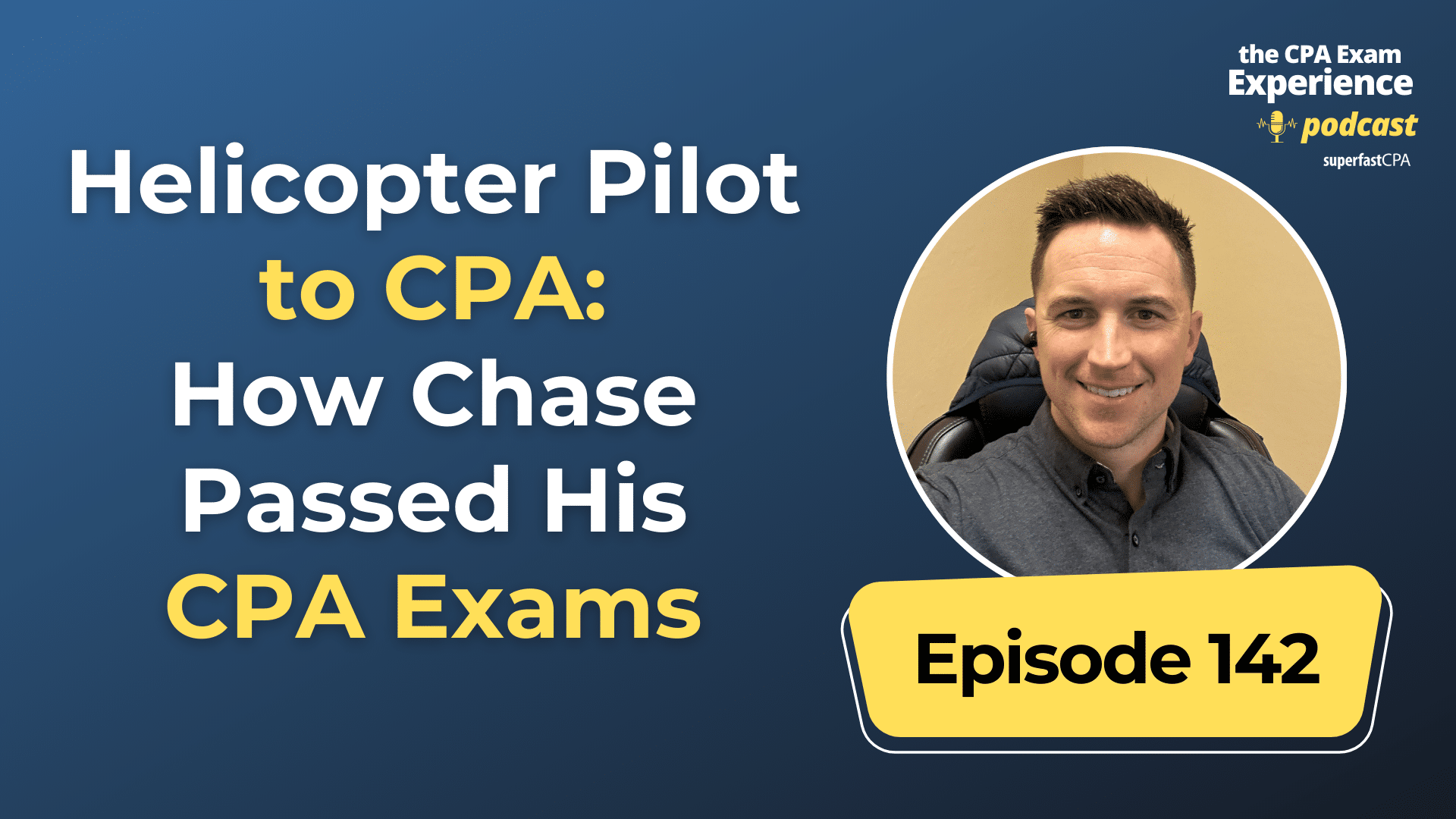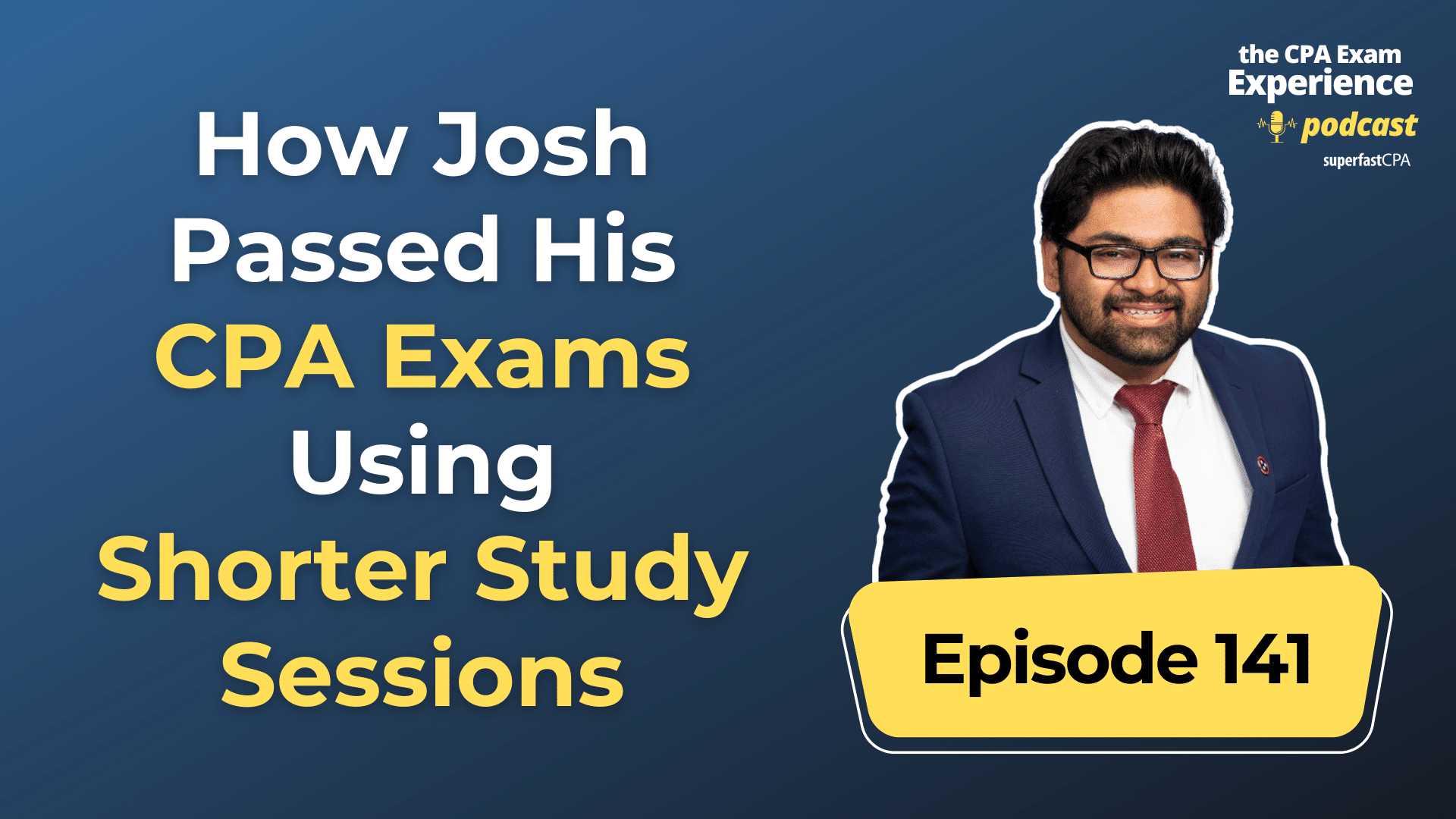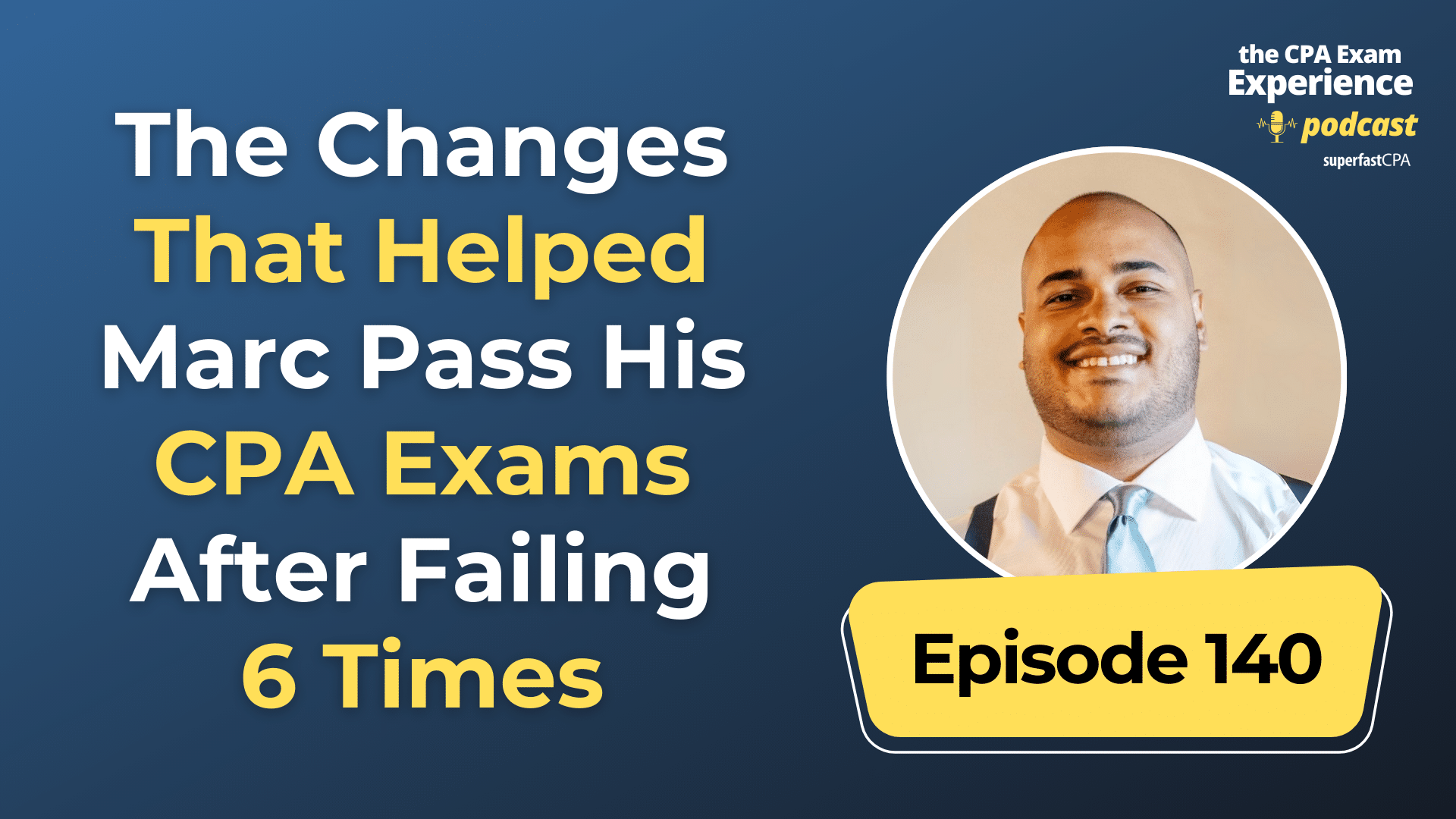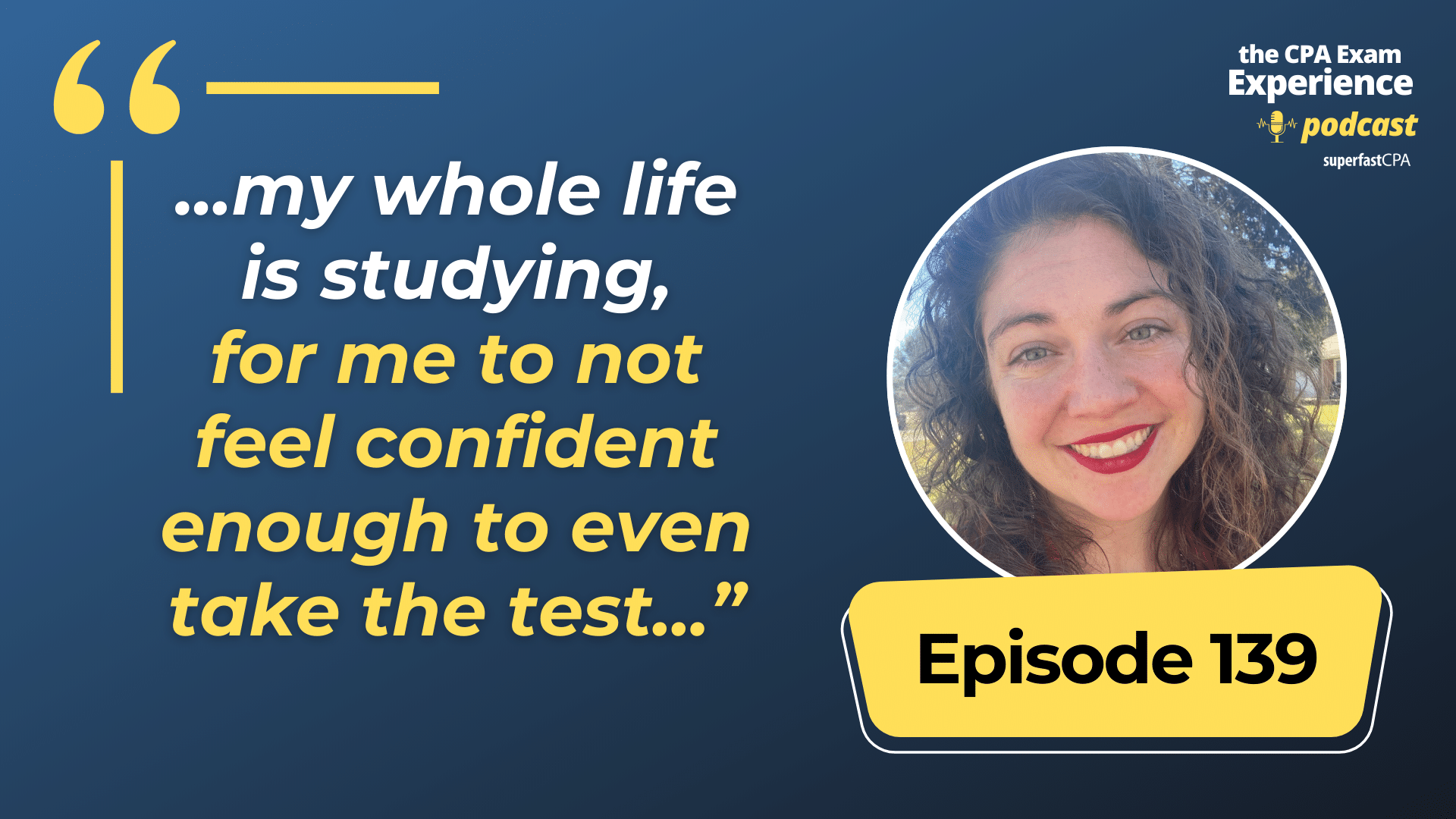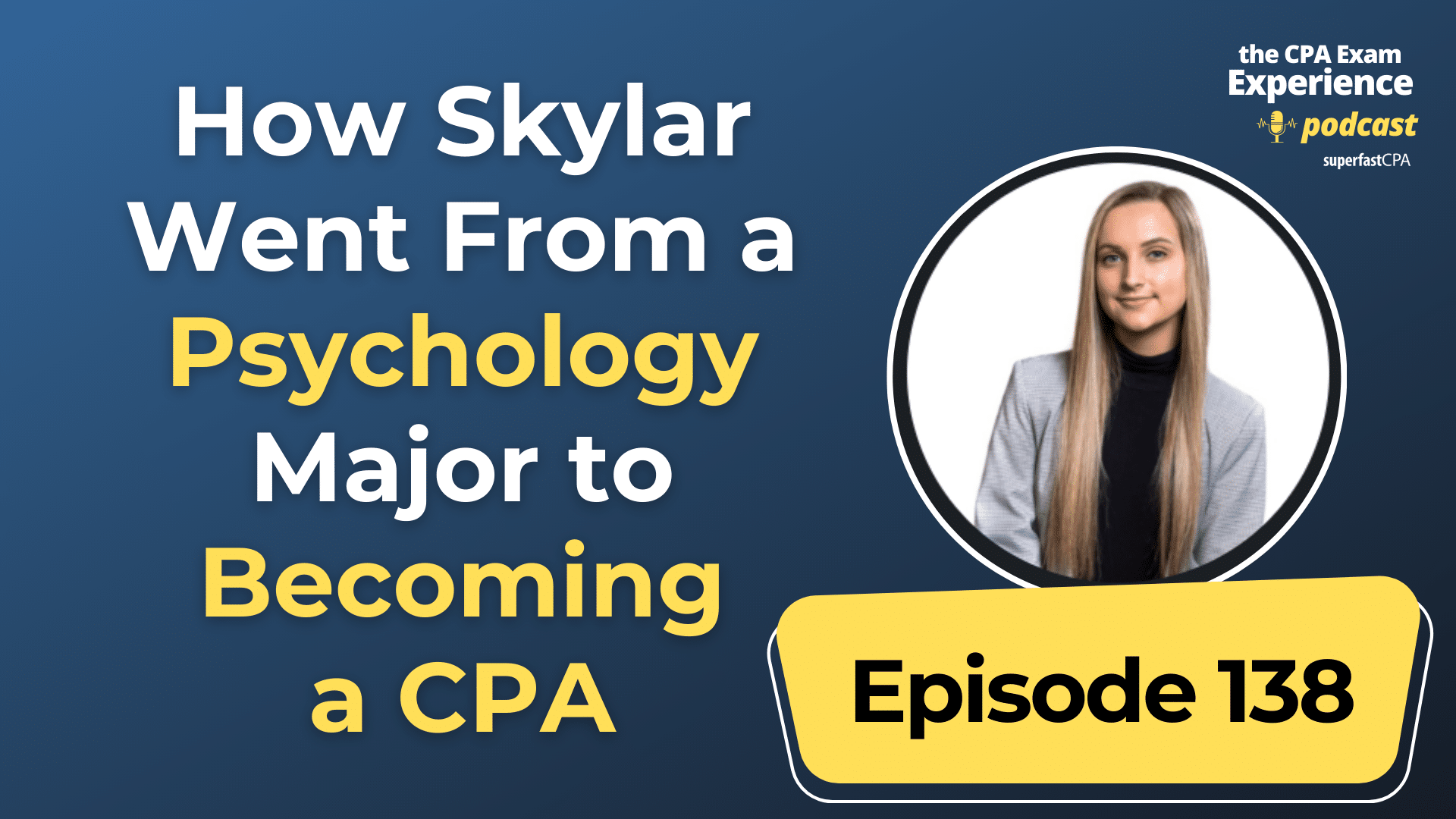Call Price
A call price, also known as a call premium, is the price paid by the buyer (holder) of a call option to the seller (writer) of the option. This price compensates the seller for taking on the risk of the potential obligation to sell the underlying asset at the predetermined strike price if the buyer exercises the option.
However, it is essential to note that there is another context where the term “call price” is used: callable bonds. In the case of callable bonds, the call price refers to the price at which the issuer can buy back the bond before its maturity date, as per the bond’s call feature. The call price is usually set at a premium above the bond’s face value to compensate bondholders for the early redemption risk.
To summarize:
- In the context of call options, the call price (or call premium) is the price paid by the buyer of a call option to the seller for the right, but not the obligation, to purchase the underlying asset at the predetermined strike price within a specific period or on a specific date.
- In the context of callable bonds, the call price is the price at which the issuer can buy back the bond before its maturity date, as specified in the bond’s call feature.
Example of a Call Price
I will provide an example for each context in which the term “call price” is used: call options and callable bonds.
- Call price in the context of call options:
Suppose you’re interested in buying a call option for a company called “HealthTech Inc.” The current market price of HealthTech Inc.’s stock is $75 per share. You believe that the stock price will rise over the next month, so you decide to purchase a call option to potentially profit from this anticipated price increase.
You find a call option with a strike price of $80 and an expiration date one month from now. The call price (call premium) for this option is quoted at $3 per share.
To purchase one call option contract, which typically represents 100 shares of the underlying stock, you would need to pay a total call price (call premium) of $300 ($3 per share x 100 shares). This amount is paid to the seller (writer) of the call option as compensation for the risk they are taking in case you decide to exercise the option.
- Call price in the context of callable bonds:
Consider a company called “GreenEnergy Corp.” that issues a 10-year callable bond with a face value of $1,000 and an annual coupon rate of 4%. The bond has a call feature that allows GreenEnergy Corp. to call the bond after three years, starting on the call date, at a call price of 102% of the face value.
As a bondholder, you receive annual interest payments of $40 (4% of $1,000) for holding the bond.
Three years after the bond’s issuance, GreenEnergy Corp. decides to exercise the call feature and redeem the outstanding callable bonds. In this case, GreenEnergy Corp. pays you the call price of $1,020 (102% of $1,000) to redeem the bond.
In these examples, the call price has different meanings depending on the context: for call options, it represents the cost of purchasing the option, while for callable bonds, it represents the price at which the issuer can buy back the bond before its maturity date.

